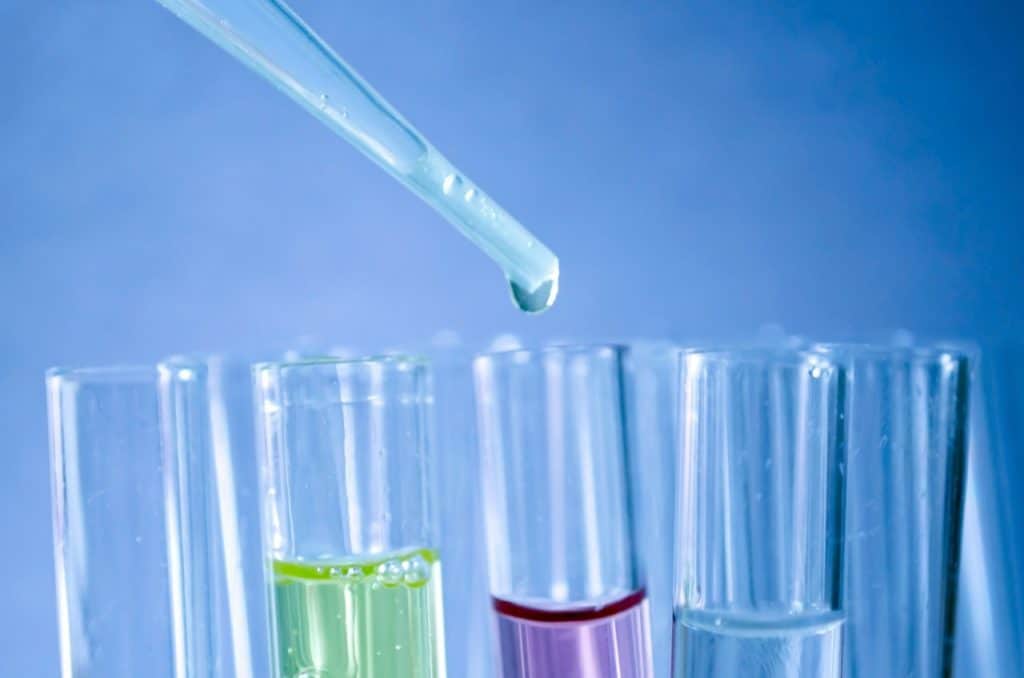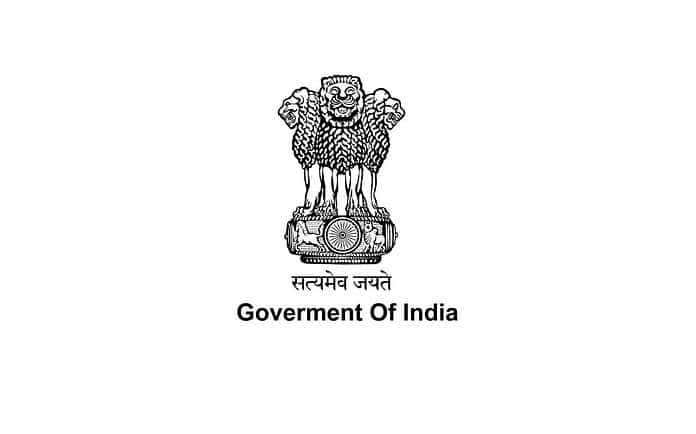Last Updated on September 20, 2024 by The Health Master
The Union health ministry is planning to develop a technical guide to monitor the adverse effects (AEs) and adverse drug reactions (ADRs) caused by drugs used in the treatment of leprosy (Hansen’s disease).
Leprosy is an infectious disease caused by mycobacterium leprae, an acid-fast, rod-shaped bacillus. The disease mainly affects the skin, the peripheral nerves, mucosa of the upper respiratory tract, and the eyes. Leprosy is curable and treatment in the early stages can prevent disability.

The Global Leprosy Programme (GLP), World Health Organisation (WHO)-India, WHO South-East Asia and the Indian Pharmacopoeia Commission (IPC) which is the National Coordination Centre (NCC) for the Pharmacovigilance Programme of India (NCC-PvPI) have also recently held meetings to address the ADRs related to the drugs used in the National Leprosy Eradication Programme (NLEP).
During the meeting, it was discussed that the Pharmacovigilance data on anti-leprotic drugs is to be shared with the GLP with the approval of the Union health ministry to develop a technical guide to monitor the AEs and ADRs caused by drugs used in the treatment of leprosy.
In 2018, WHO reviewed available evidence on key issues related to elimination of leprosy and developed ‘WHO guidelines for the diagnosis, treatment and prevention of leprosy’, recommending a three-drug regimen (rifampicin, dapsone and clofazimine) to both pauci-bacillary and multibacillary types of leprosy. The guidelines also introduced prevention of leprosy through single-dose of rifampicin for eligible family and social contacts.
After broad consultations with countries, experts in leprosy, partners and persons affected by leprosy, WHO released ‘Towards Zero Leprosy – Global Leprosy (Hansen’s disease) Strategy 2021?-2030′, aligned with the 2021-2030 road map for neglected tropical diseases covering the same time frame.
IPC to roll out various training Programmes for stake holders
Hybrid Multiply Face Masks: An Alternative to N95 Respirator
Kids below 18: Govt issues guidelines for management of black fungus
Black Fungus: Mankind Pharma launches drug for treatment
CSIR-IICT, Lee Pharma sign agreement to produce 2-D
Rapid Microbiological testing lab brings down testing time from 14 days…
In 2020, WHO published the technical guide: a Leprosy/Hansen disease: M management of reactions and/prevention of disabilities. This document provides hands-on guidance to health workers to prevent or manage lepra reactions, intermittent and recurring inflammatory episodes that may occur in as many as 50% of cases. If left untreated, reactions can lead to permanent, progressing and disfiguring disabilities.
WHO published another technical guidance document: Leprosy/Hansen’s disease: Contact tracing and post-exposure prophylaxis. The document advises countries and programmes how to implement contact screening and chemoprophylaxis with single-dose rifampicin. The contents are logically ordered: counselling and obtaining consent, identification and listing of index case, listing of contacts, tracing of contacts, screening of contacts, administration of prophylactic drugs. Managerial aspects to undertake contact screening and chemoprophylaxis are also elaborated, including planning, training, supervision and drug management.
Leprosy is an age-old disease, described in the literature of ancient civilizations. Throughout history, people afflicted have often been ostracized by their communities and families.
Although leprosy was managed differently in the past, the first breakthrough occurred in the 1940s with the development of the medicine dapsone. The duration of treatment lasted many years, often a lifetime, making compliance difficult. In the 1950s, resistance of M. leprae to dapsone, the only known anti-leprosy medicine at that time, became widespread. In the early 1960s, rifampicin and clofazimine were discovered and subsequently added to the treatment regimen, which was later labelled as multidrug therapy (MDT).
In 1981, WHO recommended MDT. The currently recommended MDT regimen consists of three medicines: dapsone, rifampicin and clofazimine. This treatment lasts six months for pauci-bacillary and 12 months for multi-bacillary cases. MDT kills the pathogen and cures the patient.
Since 1995 WHO has provided MDT free of cost. Free MDT was initially funded by The Nippon Foundation, and since 2000 it is donated through an agreement with Novartis, which has been renewed to cover the period till at least 2025. More than 16 million leprosy patients have been treated with MDT over the past 20 years since its introduction.
For informative videos by The Health Master, click on the below YouTube icon:
For informative videos on Medical Store / Pharmacy, click on the below YouTube icon:
For informative videos on the news regarding Pharma / Medical Devices / Cosmetics / Homoeopathy etc., click on the below YouTube icon:
For informative videos on consumer awareness, click on the below YouTube icon:









